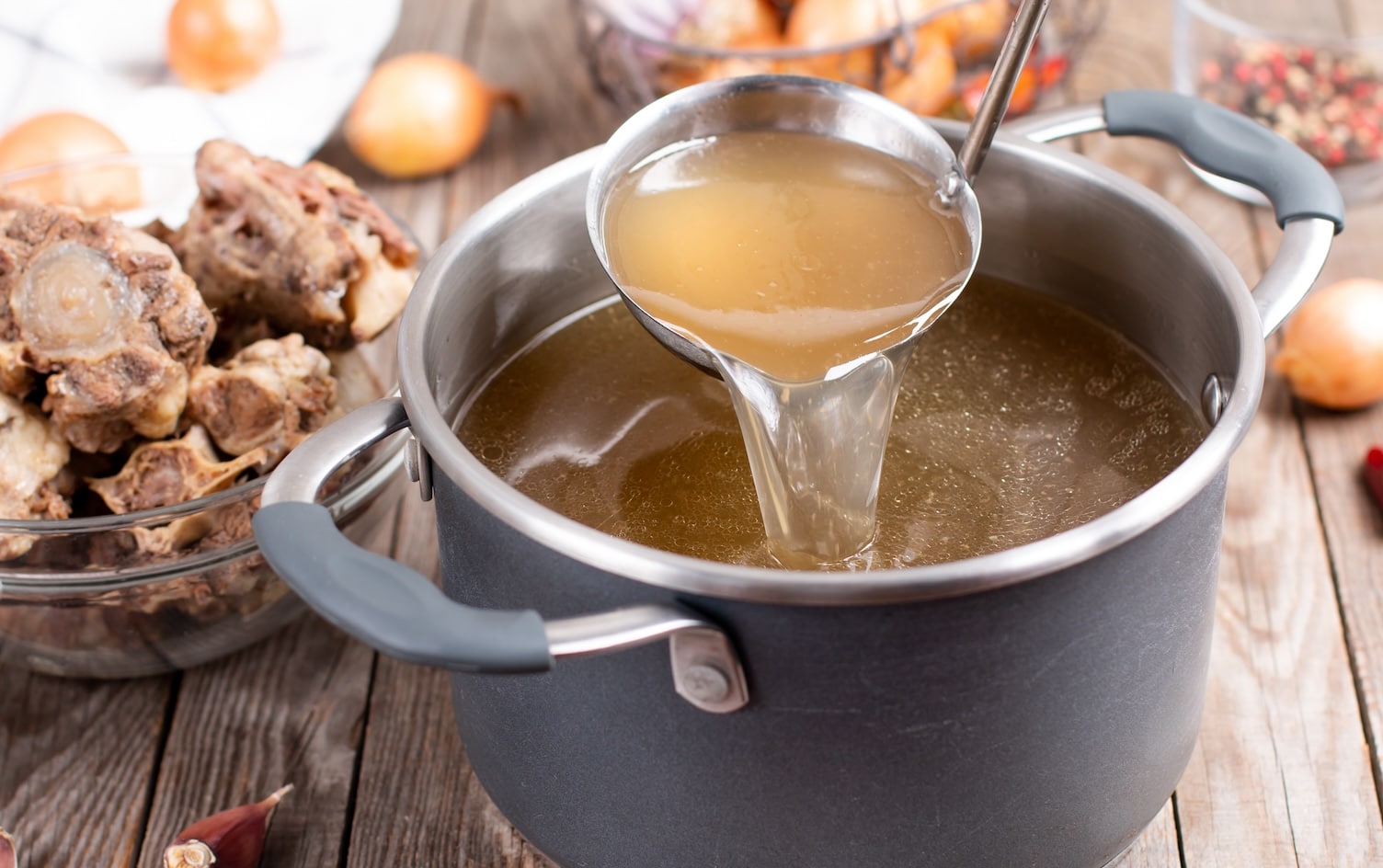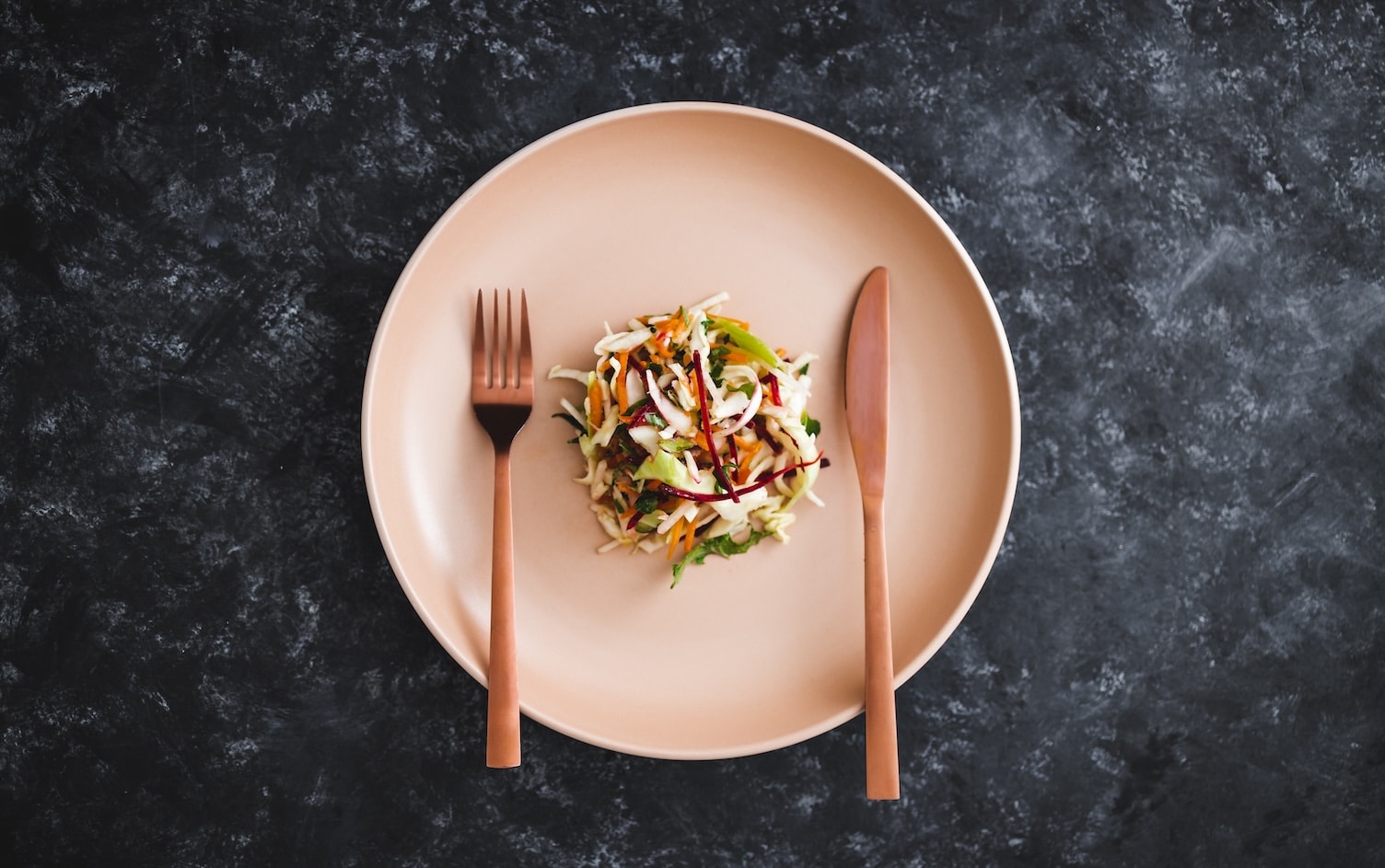Thanks to challenges like Whole30, the popularity of the Paleo diet and the concept of “eating clean,” whole foods have become more buzzed-about than ever. While nutrition experts may not all agree about which eating style is best, there is one thing they’re definitely on the same page about: Whole foods are good for you.
“Whole foods mean more nutrients, more fiber and more vibrancy and freshness,” says Liz Wyosnick, RD, and owner of Equilibriyum. “Research consistently shows the more fresh foods and colors you include in your diet — especially vegetables and fruit — the better your overall health will be.”
Because of this, processed foods tend to get a bad rap. “The more you process a food, and the farther it gets from its natural form, the fewer nutrients it will contain,” explains Kelly Krikhely, RD. “Many nutrients and phytochemicals are removed when food is processed.”
There’s just one problem: “The term ‘whole food’ can be confusing, because it can be interpreted in so many ways,” points out Erin Brown, RD. For example, nuts are a whole food, but are nut butters? Dates are a whole food, but are date-based protein bars? And what about recipes that are made up of whole foods, but contain lots of different ones?
Ahead, nutrition pros explain how to decide if a food is “whole” or not, plus how to get more of them in your diet:
HOW TO DETERMINE IF SOMETHING IS A WHOLE FOOD
Fruits, vegetables, nuts, seeds, legumes, meat, fish and whole grains are easily identifiable as whole foods since they’re not altered from their natural form. However, it can be confusing when you try to think about other types of foods available.
Instead of focusing only on “whole” and “unprocessed” foods, experts recommend considering “minimally processed” foods as well. “Anything that is done to a food is technically a ‘process’ — even washing it,” notes Brown. “Many ‘processes’ are done without changing the nutrient profile of the food.” For example, nut butters that contain only nuts and maybe a little bit of salt are minimally processed. But that classic JIF peanut butter is not, because it’s been processed to include added sugar, fat and stabilizers.
“You don’t need to vilify all processed food in the quest to include more whole foods,” says Wyosnick. “If an ingredients list reads more like a recipe and you can easily identify all food items listed and the processes used to make the end product, it is still a whole food, just processed or compiled for enjoyment.” An example of this would be sprouted grain bread or unflavored Greek yogurt. “On the other hand, if the ingredients list reads more like a lab procedure, with ingredients you don’t recognize or can’t pronounce, it’s highly processed and best to forgo that item.”
If you’re still not sure, ask these three simple questions to decide if a food counts as “whole” or not.
1. Can you imagine it growing in the earth, or did it have a mother? “The answer to this should be an easy yes,” says Wyosnick. “It is easy to imagine apples and nuts growing, but harder to imagine protein bars growing.”
2. How many ingredients does it have? Usually, a whole food will have one ingredient: brown rice, kale, sweet potatoes, etc. If it has more than one ingredient, ask the following question:
3. What has been done since it has been picked, and/or slaughtered and can you recreate that process in your kitchen? “If yes, then it is most likely a whole food,” says Wyosnick.
HOW TO EAT MORE WHOLE FOODS
While processed foods can still be a small part of a healthy well-balanced diet, it’s best for weight loss and overall health to prioritize whole foods. Here’s how to get started:
Try replacing just one food at each meal with a whole food. “For example, instead of choosing a packaged side dish (Think: Rice-a-Roni), try cooking some brown rice or barley instead,” suggests Brown.
Limit items that are bagged, boxed or otherwise packaged. “The less packaged food you eat, the less processed food you will eat,” notes Krikhely. There are exceptions to this, of course, like whole grains, yogurt, nuts and nut butters, but the more emphasis you can put on non-packaged foods, the better.
Cook more. “Making homemade meals is the best way to have control over the level of whole foods in your diet,” says Wyosnick. “Regimens like the Whole30 get people back into the kitchen, and that’s on purpose. Aim for balance in your meals with a lean protein, complex carb and plenty of colorful vegetables.”




